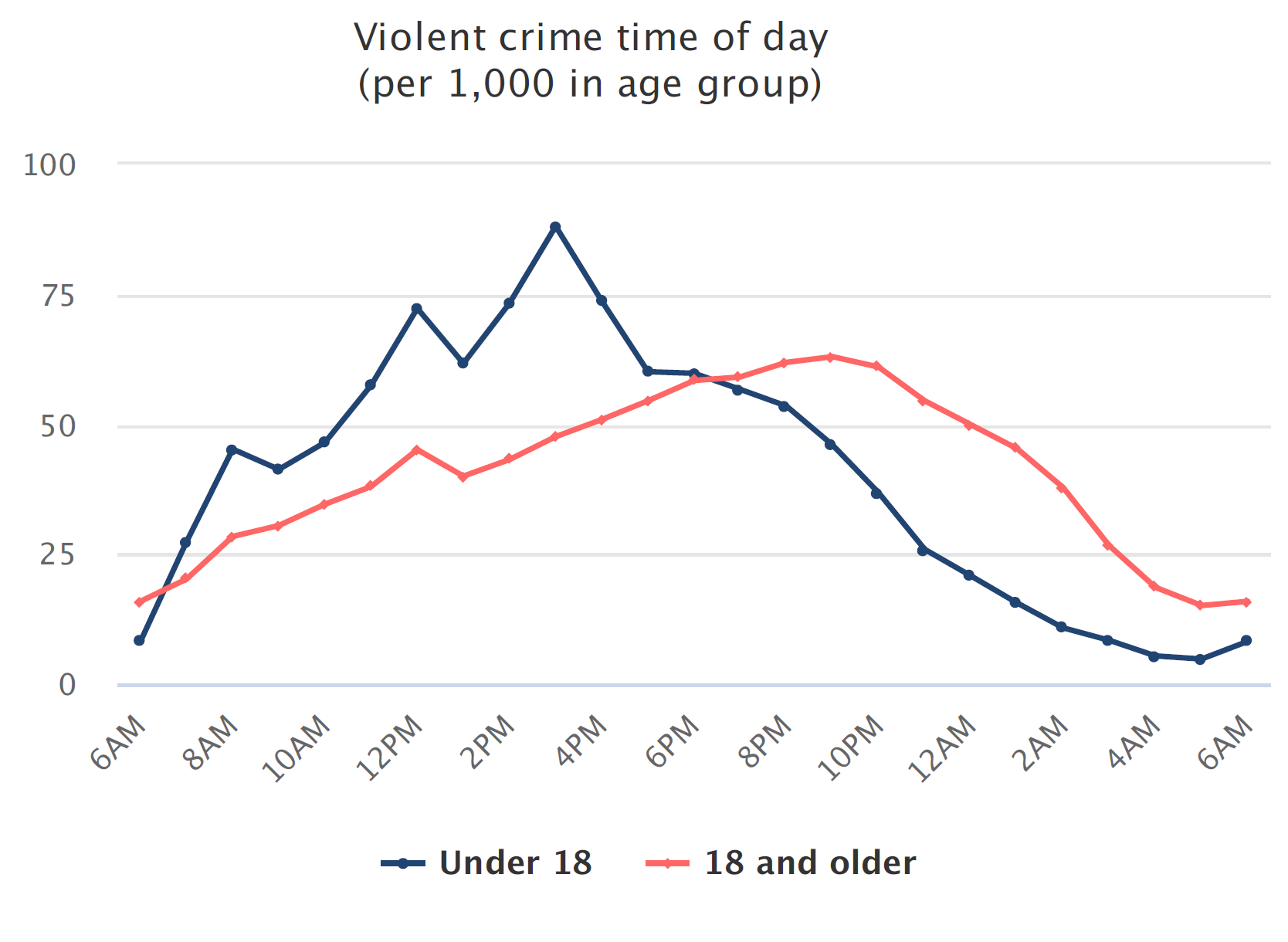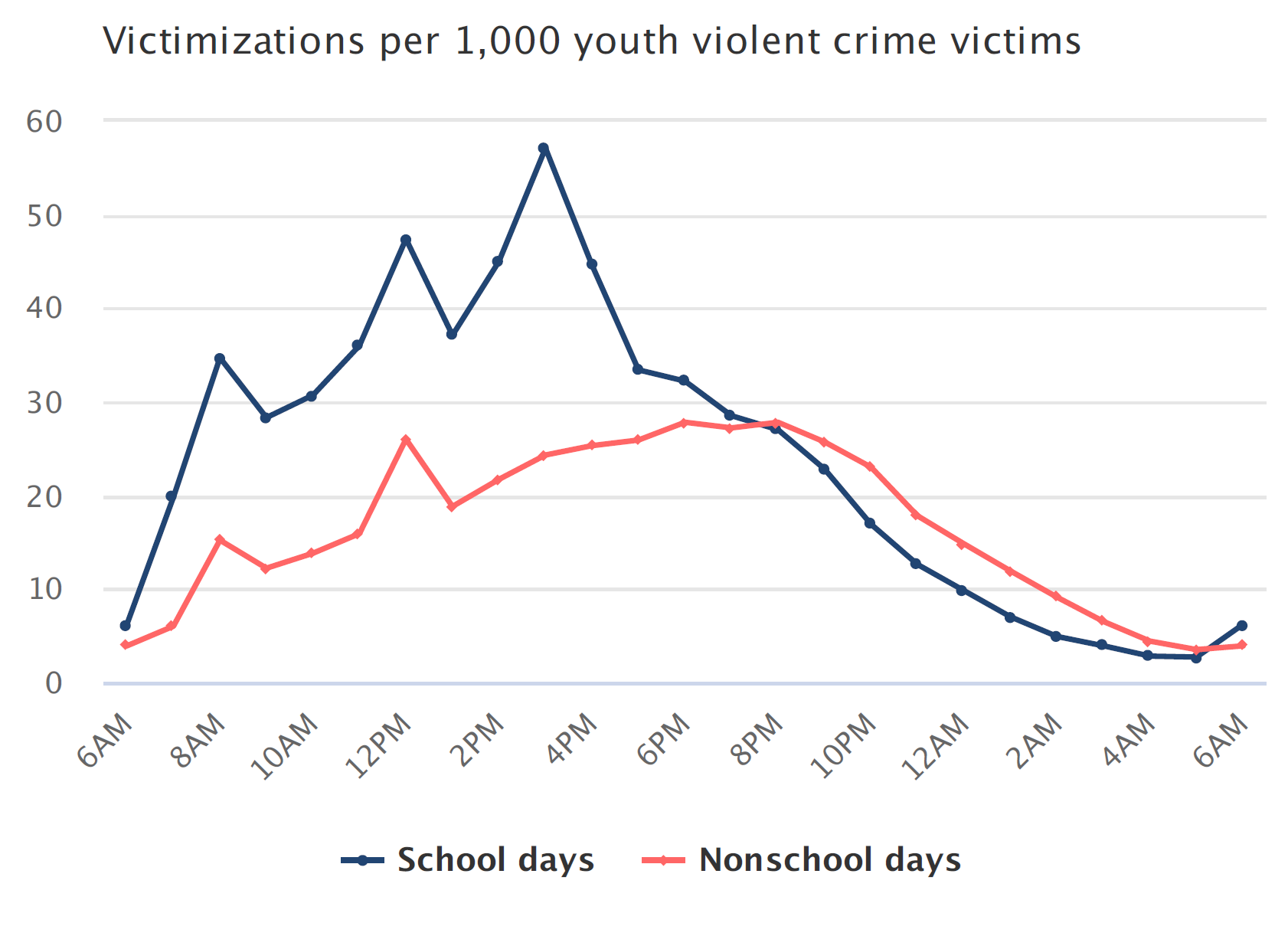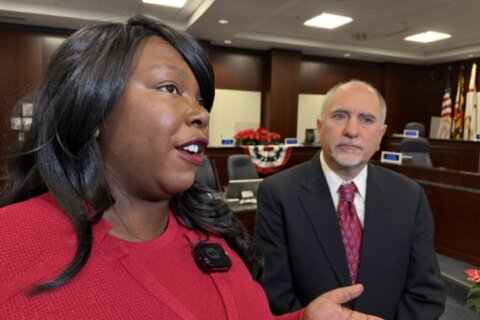The frustration over violent crime in Prince George’s County is understandable. But Charles Adams, Bowie State University professor and chair of the Maryland school’s Department of Criminal Justice, doesn’t see curfews as the answer to juvenile crime.
“What we know as criminologists is that curfews, for the most part, have very little impact, if any, on violent crime,” Adams said.
Adams was asked about a curfew for those under the age of 17, which would require them to be off the streets from 10 p.m. to 5 a.m. on weekdays, and from 11:59 p.m. and 5 a.m. on weekends. It goes into effect starting Friday. Prince George’s County Executive Angela Alsobrooks made the announcement on Monday.
Adams said data from the Justice Department’s Office of Juvenile Justice and Delinquency Prevention shows that most crimes committed by juveniles are likely to occur outside of the hours of the Prince George’s County curfew.
He said most crime committed by juveniles are likely to occur between 1 p.m. and 7 p.m.

Data from the Justice Department’s Office of Juvenile Justice and Delinquency Prevention released in April found that violence committed by people between the ages of 7 and 17, are more frequent during school days. The time of day that acts of violence occur peaks at 3 p.m. on school days and 7 p.m. on nonschool days.
Also, young people under 17 are most likely to become victims of violence at roughly the same times, according to federal data.

Adams said the impulse to enforce curfews is a reasonable one on the part of adults. “We want our kids, especially our young kids, to be home between 10 p.m. and 6 a.m. That’s obvious,” but he said policymakers should be wary of assuming that there will be a drop in crime by juveniles as a result.
Curfews could be “part of a comprehensive approach” to deal with juvenile crime, Adams said. That should involve leaders in education, recreation, criminal justice and parents “coming to the table and creating a comprehensive plan and approach to dealing with this kind of program.”
While Alsobrooks said juveniles involved in crime “don’t just need a hug” but need to be held accountable for their actions, Adams said he understands
“I get the message that she was trying to send … there’s a perception that we coddle our kids,” he said.
When it comes to dealing with juvenile offenders, “the behavior that they exhibit is not acceptable, but we have to understand that the person is a long way from being finished. They’re a work in progress,” Adams sad. “There are opportunities for growth.”








